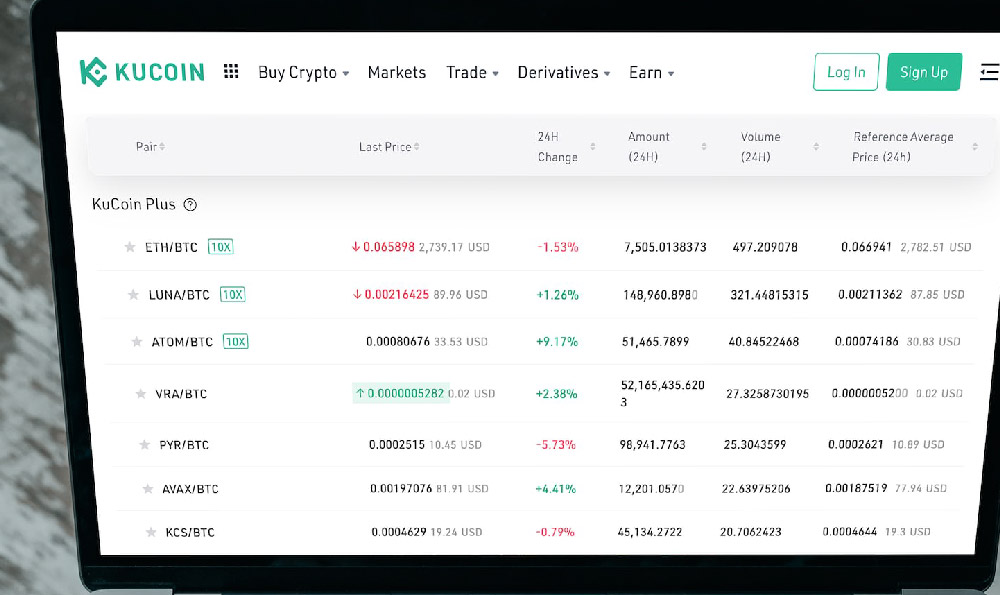
Okay, let's dive into the world of Stardew Valley and explore strategies to maximize your profits and become a true agricultural (and artisanal) tycoon!
Stardew Valley, at its heart, is a game about optimization. It's about making the most of your time, energy, and resources within the constraints of a limited day and changing seasons. While there’s no single “best” strategy – the joy of the game lies in experimenting and finding your own path – certain approaches consistently lead to greater wealth and a more fulfilling farming experience.
Let's start with the early game. The first year is critical. Your initial focus should be on building a solid foundation. Don't be afraid to diversify a little at first. Plant a variety of crops to learn which ones thrive in each season. Analyze the profit margins per day. For example, Parsnips in Spring are a decent starting point, but quickly transitioning to Strawberries (once you can access them at the Egg Festival) offers a much better return on investment. Potatoes are also viable, and you might get double harvest.

Beyond simple crop cultivation, foraging is an often-underestimated early-game income source. Regularly check the beach, mountains, and forest for foragable items. Selling these directly can provide a useful early boost, especially during the leaner weeks between harvests. Leveling up your Foraging skill is also crucial, as it unlocks useful crafting recipes like Wild Seeds, allowing you to essentially plant your foraged items for continuous harvesting, effectively turning the forest into a crop field.
Fishing is another crucial skill to develop. While initially challenging, mastering the fishing mini-game can yield significant profits, particularly early on. Invest in a better rod as soon as possible, and learn the locations where specific (and more valuable) fish can be caught. Fishing also provides access to valuable crafting materials and treasures. Don’t forget about crab pots, those provide a steady, albeit small, passive income source.
As you progress, focus on expanding your farm strategically. Instead of blindly clearing land, consider how you will organize your crops, buildings, and pathways. A well-organized farm allows for efficient movement and task management, saving you precious time. Consider using scarecrows to protect your crops from crows. Also, prioritize upgrading your watering can and hoe to make tilling and watering the soil much faster and easier. Sprinklers are a godsend. Work towards automating your irrigation system as quickly as possible. This frees up a significant amount of time that can be dedicated to other income-generating activities.
Once you have a reliable income stream from crops, consider investing in livestock. Chickens, cows, pigs, and sheep all provide valuable products that can be sold or processed for even greater profits. For example, turning milk into cheese or eggs into mayonnaise significantly increases their value. Pigs, with their truffle-finding abilities, can become a major source of income in the late game, especially when those truffles are processed into truffle oil. However, keep in mind that livestock require daily care, so plan your farm layout accordingly.
Beyond the basic farming and animal husbandry, Stardew Valley offers a wealth of artisanal options. Investing in kegs, preserve jars, and cheese presses allows you to transform your raw agricultural products into higher-value artisanal goods. For example, fruits can be turned into wine or jellies, vegetables into pickles, and honey into mead. These processed goods often sell for significantly more than their raw ingredients, making them an essential part of a successful farming operation.
The Greenhouse is a game-changer. Once you unlock it (through completing the Community Center bundles or purchasing it from JojaMart), you gain the ability to grow crops regardless of the season. This allows you to focus on high-value crops like Ancient Fruit year-round, significantly boosting your income. Ancient Fruit wine, in particular, is one of the most profitable items in the game. Starfruit, while also profitable, requires more frequent replanting, making Ancient Fruit a more efficient choice in the long run.
Mining is another important aspect of Stardew Valley. While not directly related to farming, mining provides access to valuable ores, gems, and minerals that can be sold or used for crafting. Upgrading your tools and exploring the mines deeper will allow you to find rarer and more valuable resources. Don't neglect the Skull Cavern, accessible through the desert. It's much more dangerous than the regular mines, but it also contains significantly more valuable resources, including iridium ore, which is essential for crafting endgame items. Remember to bring plenty of bombs and food!
Finally, don't underestimate the importance of building relationships with the villagers. While not directly tied to profits, building friendships can unlock valuable recipes, gifts, and events that can indirectly benefit your farm. For example, befriending Caroline unlocks the recipe for tea saplings, which can be a reliable source of income during the winter months.
In conclusion, maximizing profits in Stardew Valley is about finding a balance between efficient crop cultivation, animal husbandry, artisanal production, and strategic resource management. There’s no one-size-fits-all answer, so experiment, learn, and adapt your strategies to suit your own play style. Don't be afraid to make mistakes and learn from them. And most importantly, have fun! The most valuable resource in Stardew Valley is your own enjoyment.





